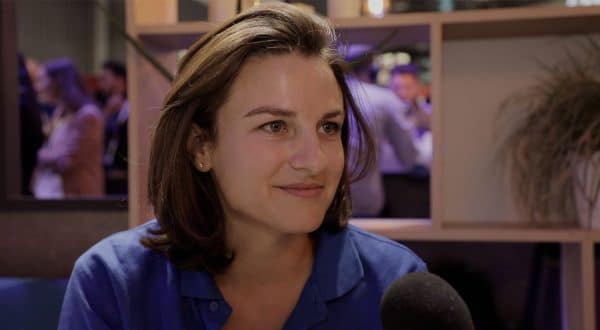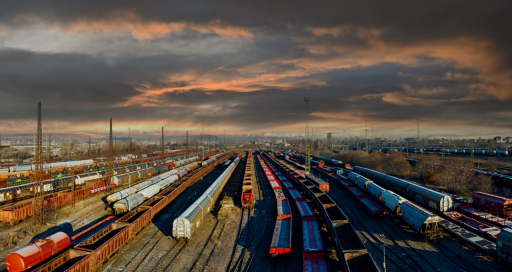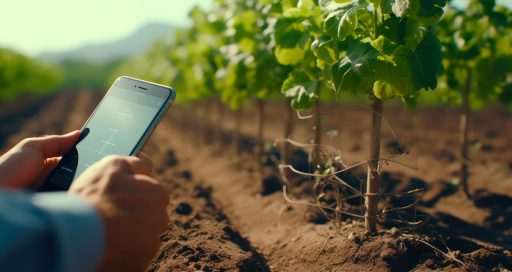Isolated farms in Amazon rainforest finally get access to electricity
Reading time: 3 min
As part of an initiative to bring electricity to communities living on islands created by the Tucuruí dam in Brazil, Omexom has installed mini photovoltaic power plants. This agile solution was encouraged by the public authorities.
![]()
It is a cruel paradox that in the state of Pará in the Amazon rainforest, the workers who built the Tucuruí hydroelectric dam, one of the largest in the world, on the Tocantins River, 350 km to the south of Belém, have been living “in the dark” up till now. Settled among the region’s hills, which became islands after the creation of a vast reservoir when the dam was built between 1974 and 1984, the workers and their families have had no access to electricity. Only a few farms had a diesel generator, relying on a highly expensive, polluting and non-renewable source to meet their most basic demands for energy.
The installation on these islands of 1,361 solar panel systems between January 2019 and January 2020 is set to change the lives of all these families who so far have used oil lamps for light and have preserved perishable goods in ice that they fetch by travelling by boat every day to the mainland. Works on the photovoltaic power generation facilities are being carried out by Omexom’s Brazil branch (VINCI Energies).
Solar photovoltaics, wind power and mini hydroelectric power plants are all solutions that should be promoted to bring electricity to areas that are “cut off from the world”
The project is part of the “Luz para todos” programme introduced by the Brazilian government to supply electricity to the 10 million-plus people living in rural areas with no connection to the grid. The programme supports renewable solutions, considered best suited to resolving the issue of isolated areas.
According to the public authorities, which are financing up to 85 % of the costs of implementing these projects, solar PV, wind power, mini hydroelectric power plants, and even in some cases natural gas, are the types of energy generation that should be promoted to bring electricity to the areas in the rainforest and Pantanal that are “cut off from the world”.
Social and environmental dimension
The hundreds of islands scattered across a 40 km2 area around the Tucuruí dam meet the government’s definition. The solar panels installed by Omexom in farms, schools and healthcare facilities have a total installed capacity of 1.8 MWp. “Each system can generate up to 45 kWh per month, which means enough electricity to provide lighting for a farm and to power household appliances like fridges and TVs,” says Eduardo da Matta, solar business manager at Omexom in Brazil.
The project has a strong social dimension in the sense that it “will change the lives of thousands of families by giving them access to power,” he stresses. In a country that is seeking to rebalance its energy mix by focusing on renewables, particularly solar power, it also has an important environmental dimension. “For Brazil, this kind of off-grid project (involving stand-alone generation units not connected to the grid) shows a new trend, and Omexom is in the front line in contributing to its development,” concludes da Matta.
14/11/2019
Learn more:
https://web.archive.org/





